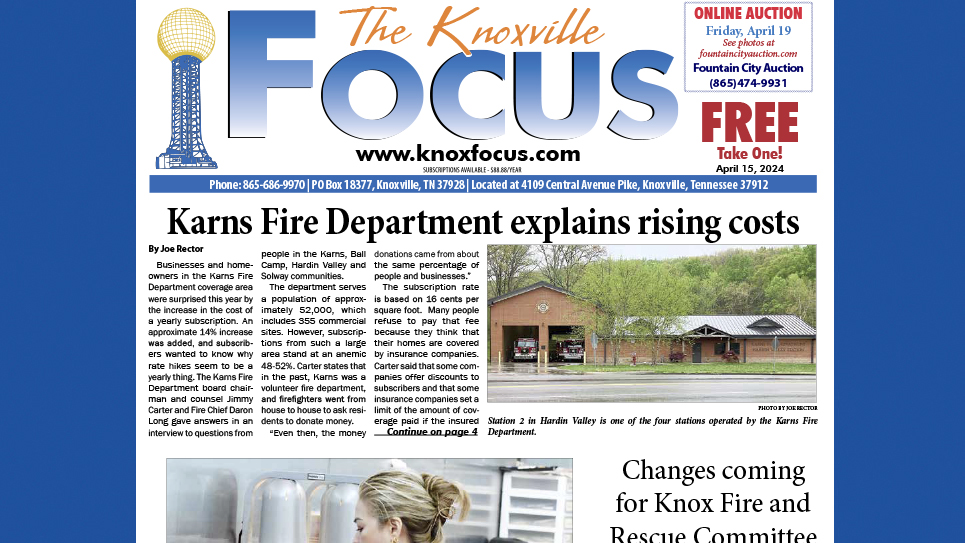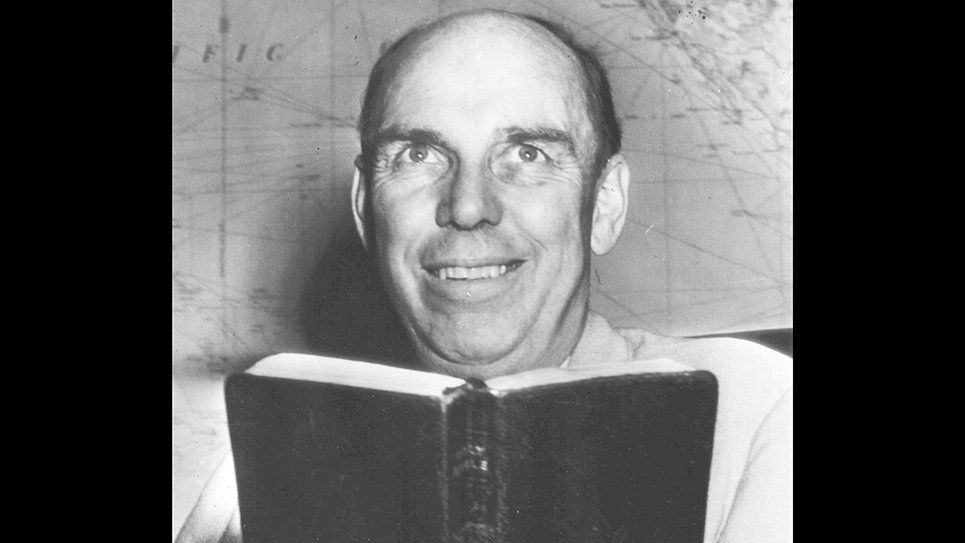PART 1: SAFETY
By Sharon Frankenberg,
Attorney at Law
Under the old common law (made by court decisions rather than by statutes) doctrine brought to America from England, property law provided that landowners owned the air that rose above the earthly metes and bounds of their parcel. The Latin phrase describing this is “cujus est solum ejus usque ad ceolum” which translate to “whose is the soil, his it is up to the sky.” As modern aviation developed, the U.S. Supreme Court first addressed the concept of who controls the sky in its decision in United States v. Causby, 328 U.S. 256 (1946). In Causby, Army aircraft flew from a nearby airport over Mr. Causby’s chicken farm at altitudes as low as 83 feet. Mr. Causby claimed damage to his family as well as to his chickens. The Supreme Court recognized that airspace is a “public highway” but attempted to balance this fact with the landowners’ need to “have exclusive control of the immediate reaches of the enveloping atmosphere…The landowner owns at least as much of the space above the ground as he can occupy or use in connection with the land.” The flights as low as 83 feet were an invasion of Mr. Causby’s property rights. Unfortunately, we have no Supreme Court guidance on the specific limit of how high a landowner’s rights may extend. Perhaps it rises to 400 feet which is the beginning of federal navigable airspace in uncongested areas? We may soon see cases defining this limit due to the rise in the use of drones.
Unmanned aerial aircraft, commonly referred to as drones, can vary in size from a micro which can fit in the palm of your hand to a large drone that is the size of a Boeing 737. Drones used for non military purposes are still defined as aircraft regardless of size according to the Federal Aviation Administration (FAA). The FAA asserts that it is authorized to regulate these types of aircraft. This is true whether their operation is for recreational, hobby, business or commercial purposes. According to the FAA, “anyone who wants to fly an aircraft—manned or unmanned—in U.S. airspace needs some level of FAA approval.”
The FAA estimates that 7,500 small commercial drones may be in use by 2018. With prices as low as $69 for a beginner drone with an attached video camera, the consumer demand could be huge. As the proliferation of these unmanned aircraft expands so do concerns for public safety. Sharing space with manned aircraft may lead to midair collisions. Particularly, interference with police helicopters is a very real concern. Operators of drones have no training requirements so they may be a very real danger to individuals in the vicinity of their drones. Youtube.com is rapidly adding videos of drone crashes and the resulting chaos. The potential for possible use by terrorists is not to be overlooked either.
Congress has specifically ordered the FAA to develop a plan to safely integrate drones with the operation of all aircraft, manned and unmanned. The FAA is expected to publish a proposed rule for small drones (under 55 pounds) later this year. This rule should include provision for commercial operations. The rest of the safe integration plan for drones is due by September 20, 2015. You should always consult an attorney for legal advice regarding your particular situation. NEXT WEEK: Privacy concerns and drones.






